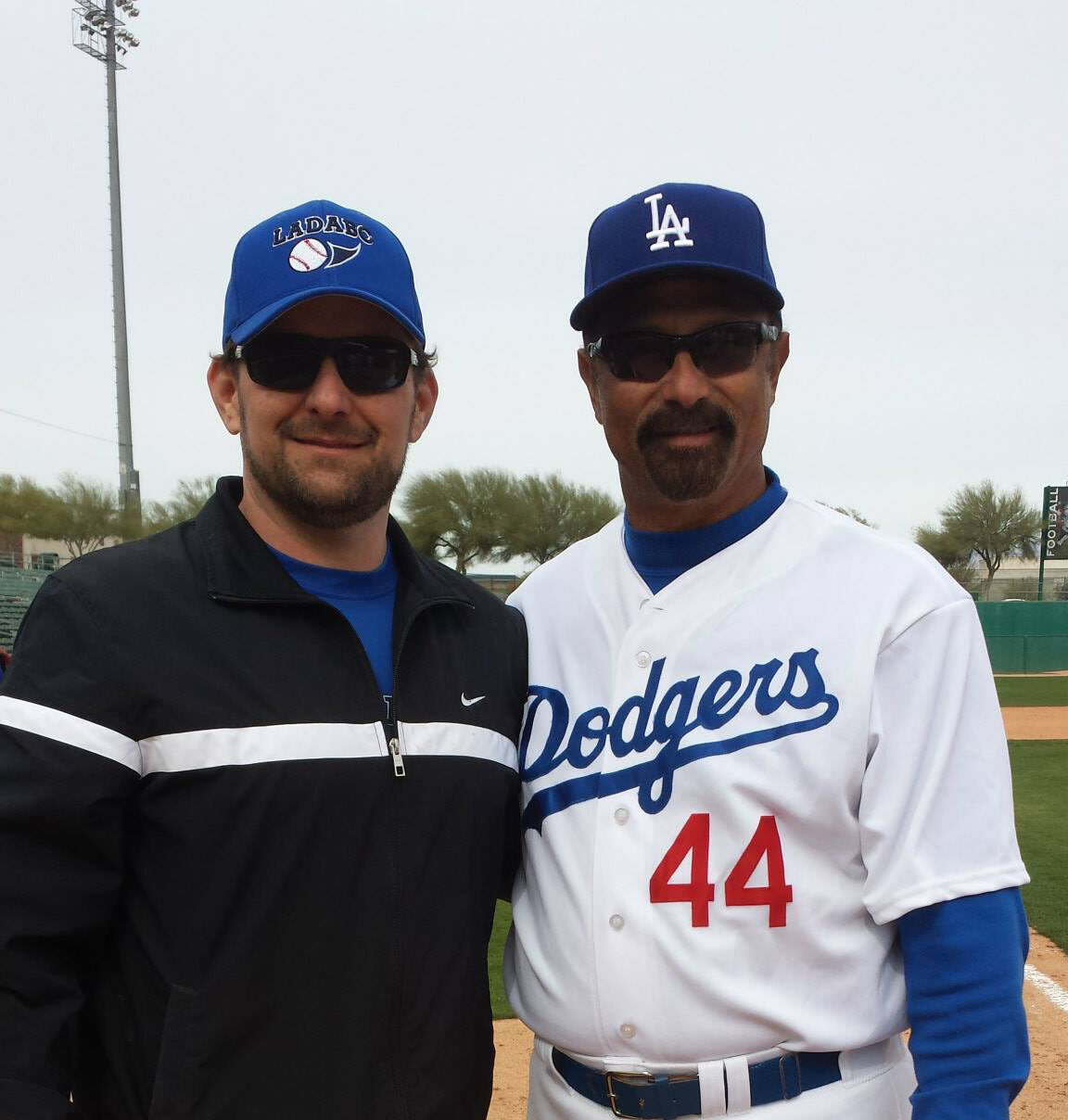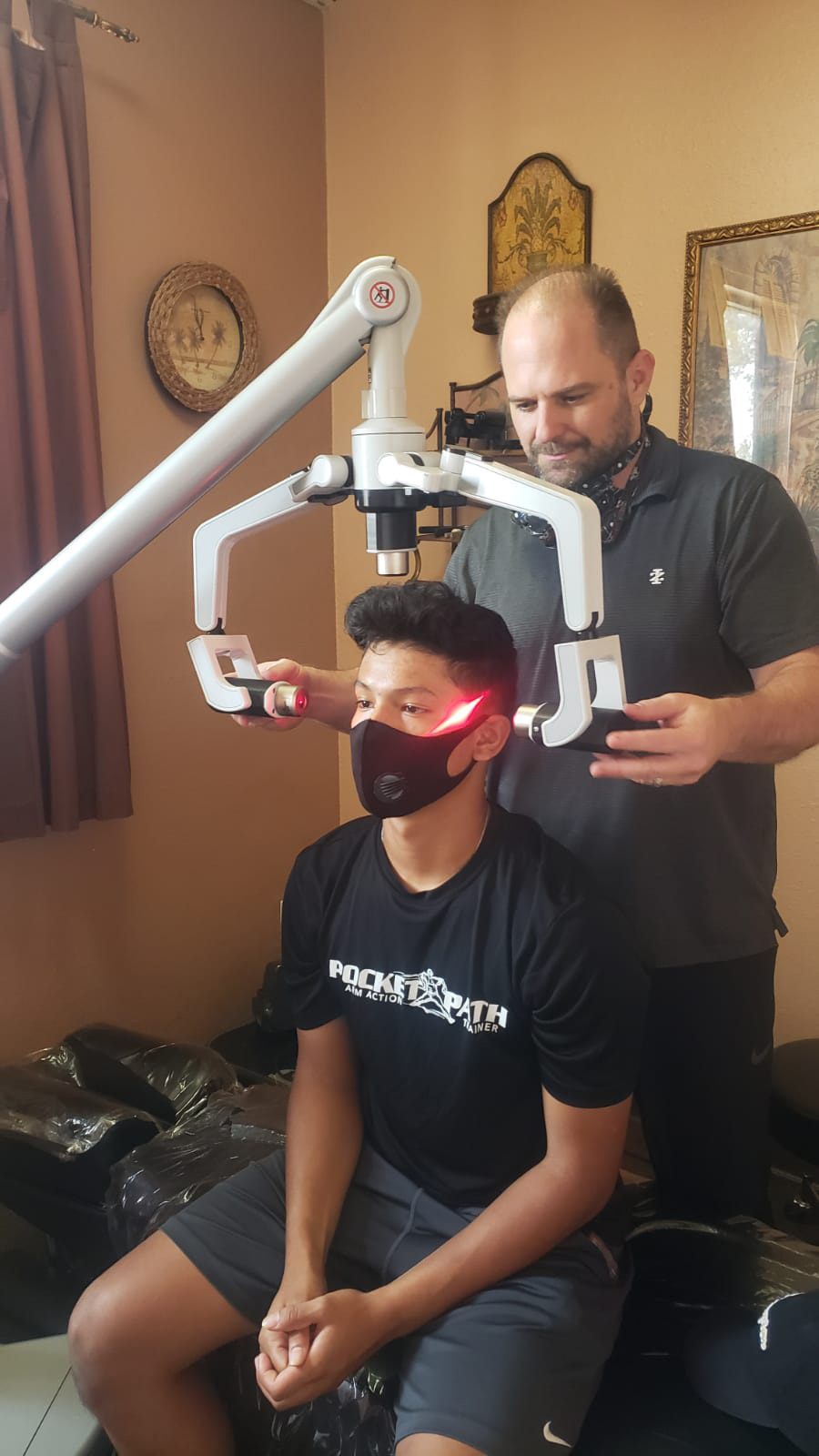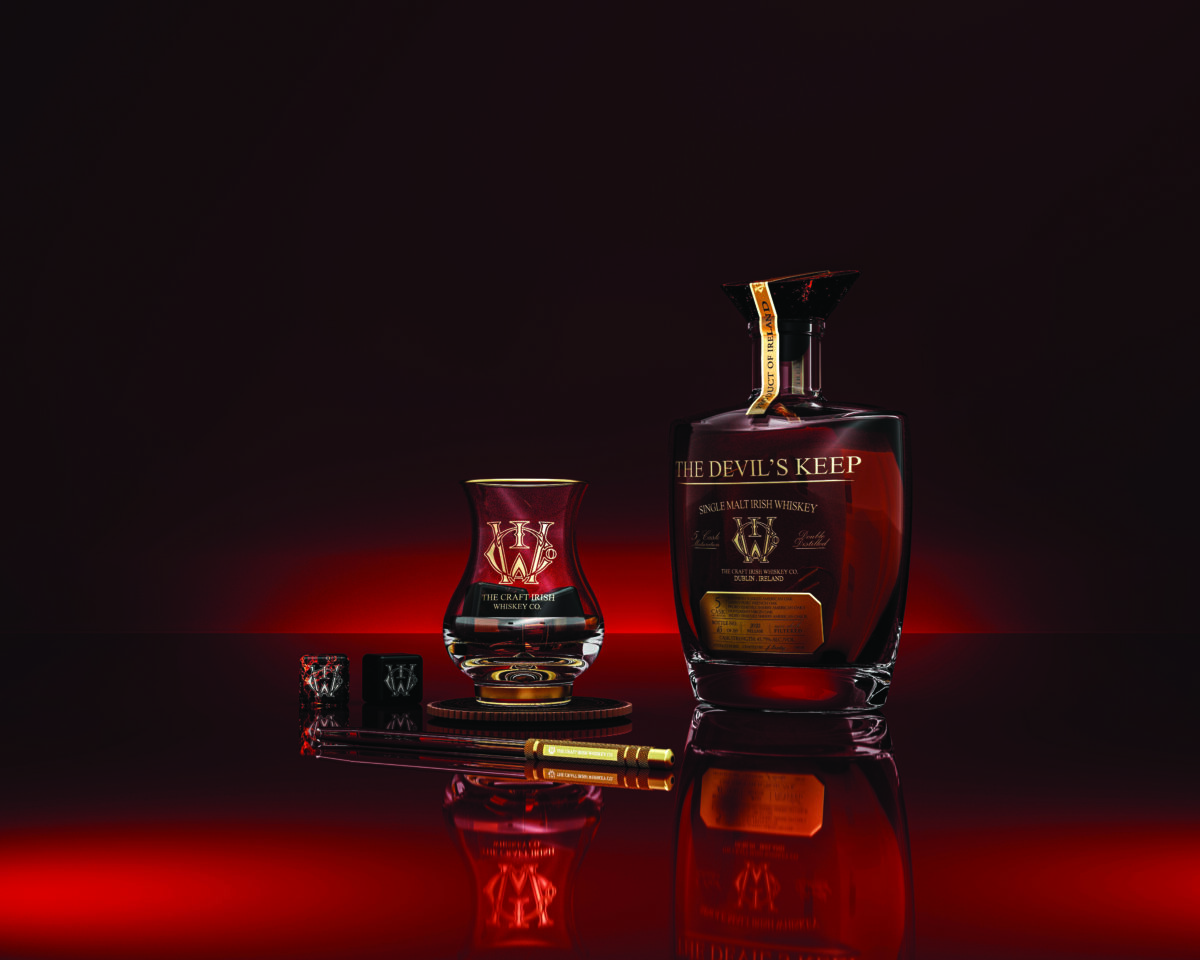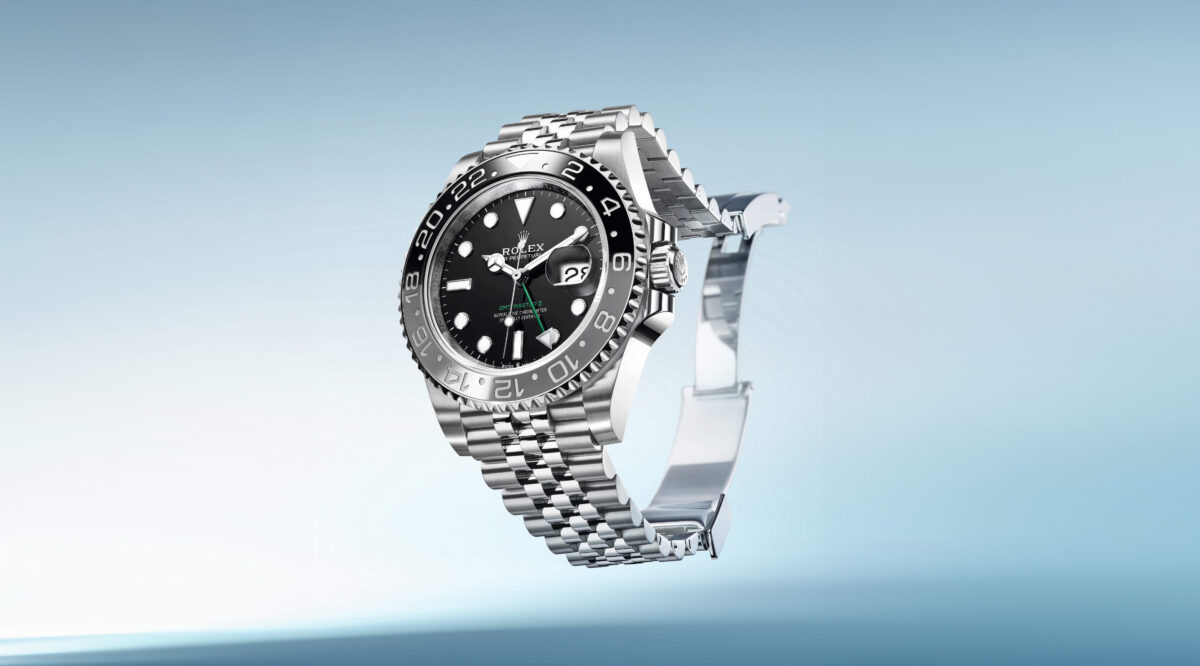Non-Thermal Laser Therapy By Electromagnetic Energy Transfer
Could Non-Thermal Laser Therapy By Electromagnetic Energy Transfer Be A Legal Sports “Performance Enhancer” To Help Athletes Perform Better, Recover Faster, And Heal Injuries 25-35% Faster?
If you are an athlete or work with athletes, you know that players are always looking for ways to improve their performance and speed their recovery from games and training as well as from injuries. Sometimes the methods used range from the outdated to the ineffective or even banned.
Doping scandals have plagued many professional sports as athletes sought for that “elixir” to help them win a championship with an “unfair advantage”, and this has led to some having their titles stripped, a ban from their sport, or even public humiliation when they get exposed and labeled a cheater.
Injuries can also destroy a team’s season, especially when they occur towards the end of season and there is not enough time to fully recover with traditional therapeutic interventions. These late season injuries, particularly when they happen to a star player, can turn a championship caliber team with hopes of a title into a non-contender.
Fortunately, there is a “new” technology that can help with all these factors and provide an unfair advantage while also being totally legal. I call it “new” because although it has been around for over 50 years and there are several thousand published papers supporting its use, most doctors, therapists, trainers, and athletes are unaware of how effective lasers are when proper protocols are used and it is therefore new to them. They also are unaware of which type of laser is effective so less effective ones may be used, which can lead to poor results and the abandonment of the tech when it does not live up to expectations.
As a matter of fact, the former USSR was using laser therapy as state sponsored medical care as early as 1974, and they have been perplexed as to why Western Europe and the United States have been so slow to adopt such an effective therapy.
The Russians concluded that one of the problems in the West when it came to lasers was that the wrong set of parameters were often used, such as too high of power or ineffective wavelengths (nm). Their studies and decades of experience led to the conclusion that lower powered, non-thermal lasers actually yielded better results.
However, the West was preoccupied with using ever increasing power or using the wrong wavelengths or combinations of lasers and LEDs of different wavelengths together in one device, and this was part of the problem with their lack of results. Resistance to change and new ideas in therapeutics was also another problem among practitioners who would deny the benefits of the laser even when they were undeniable.
This is something that has perplexed me over the 16 years I have been using low level lasers. During that time, I have used them to help an elite runner set a world record at the Pan Am Games in the 4 x 400 meters and win a gold medal by increasing his speed and endurance with the laser.
I have used it to get a college basketball player back from an ankle fracture in only 5 weeks when it was supposed to keep him out for 9 to 12 weeks. This blew his orthopedic doctor’s mind as he had never seen a fracture like that heal so quickly. Sadly, when the patient told him they had been getting laser therapy 3 times per week to speed the healing he did not value their input.
I have had athletes come in to my clinic after not achieving the desired effects from ‘traditional therapies’ like electric stimulation or ultrasound, leaving them with no alternative but to be referred for shoulder and knee surgeries. Through the pronounced cellular effects of non-thermal laser by electromagnetic energy transfer, we were able to generate the response needed by stimulating their stem cells, triggering the tissue to regenerate, by enhancing blood flow from nitric oxide production, and we dampened inflammation caused by cytokines, all with no need for surgery, and a quicker recovery time!
Concussed athletes are a regular at my office. They often complain after a head trauma that their focus and concentration are affected, and they play poorly or not at their elite level. I use the low-level laser transcranially on them while having them perform some balance and neuro rehab movements and they are able to quickly return to the elite level of play from before the impact.
The laser triggers the production of BDNF (brain derived neurotrophic factor), stem cell production in the bone marrow of the cranial bones, modulation of the microglial cells (these can trigger the honeycomb appearance in CTE when not well regulated after head trauma), lymphatic drainage, production of glutathione, and more. These results led to me working with other elite athletes as they were referred in by others when they were not recovering from the long-term effects of concussion.
A key point to understand here is that the research suggests that low powered lasers are safer and more effective than higher powered devices, especially when it comes to use transcranially. It is essential that the laser is non thermal when using in that area. When selecting a laser for use for sports performance and concussion support protocols, higher powered and thermal lasers have been shown to not be as effective and for the brain they are contraindicated.
The most amazing thing is that this is all supported by research studies that for some reason are just not being talked about as much as they should. In the journal Biophotonics in 2016, they published a paper that found that laser therapy applied before or after sports activity had a profound impact on performance. In fact, this paper said that the results were as if the athletes had taken performance enhancing drugs and they questioned if they should even be allowed in international competition because they seemed to provide and “unfair advantage.”
These findings are supported by those of several other studies. Here are some other things that low level, non-thermal laser has also been shown to do:
• Increase endurance and time to fatigue in competitive cyclists. One former Tour de France champion had it done regularly during the event as he thought it provided his team a competitive advantage of enhanced recovery and performance.
• Increase in muscle mass
• Increase muscle torque
• Decrease levels of creatine kinase on lab tests
• Increase VO2 max
• Faster recovery from training and injuries. A study from clear back in 2000 in the Journal of Clinical Laser Medicine and Surgery found that sports injuries and automobile accident injuries that required surgery healed 25% to 35% faster when laser was used compared to when it was not used.
• Stimulate ATP production
• Stimulate stem cell production
• Increase Nitric Oxide and Glutathione production
• Accelerate recovery from surgery when applied pre op and post op
Despite all this research being around for decades, sadly most doctors and therapists still have no idea just how effective laser is for injuries and sports performance. Think about how that increased rate of healing means the athlete gets back a few weeks faster than with older therapeutic measures. What does a few weeks mean for that athlete in terms of games and events they can participate in now? How does that translate for a team chasing a championship?
Again, selecting the right laser for your goal is extremely important. While the thermal lasers can be beneficial for arthritic pain, they have not fared so well compared to non-thermal low-level lasers when looking at sports performance.
One study from the Journal of Athletic Training published in 2017 compared the effectiveness of low powered non thermal lasers vs a high powered laser for “prehab”, which is applying the laser before sports activity to enhance performance.
This study found that the participants who got the low powered laser had less delayed onset muscle soreness, less creatine kinase on lab tests (a marker of muscle damage and inflammation), and higher maximum muscle contraction ability compared to the high powered group. Of interest, the high powered group actually showed an increase in creatine kinase, which the authors said suggested it may have triggered inflammation and damage.
In my practice in Southern California, some of the top young athletes in the country come to see me specifically for laser therapy to get them to heal faster and perform better. The athletes will often come in initially for an injury, and then will choose to come in regularly for “performance enhancement tune-ups”. They also fly in from across the country because they often cannot get this type of treatment near their university. Other practices near my office have tried to copy what I have done but they have all failed because they choose the wrong lasers. Most went with a cheap LED (light emitting diode) knockoff or a thermal laser or a laser that used less effective wavelengths and had little research to support it. So, what do you need to look for to choose the most effective laser according to the current research?
Right now, there is one laser company that has done more Level 1, placebo controlled, double and quadruple blind studies on the effectiveness of their lasers compared to all other laser companies worldwide. Those studies have led to 18 out of the total 21 FDA clearances in the United States. A partial list of these clearances includes:
• Chronic low back pain
• Chronic heel and plantar fasciitis pain
• Acute and chronic pain and inflammation in the whole body
• Chronic neck and shoulder pain
• Pre-op and post-op wound healing
And when it comes to transcranial laser use, this company completed a quadruple blind study on transcranial use that showed increased blood flow and neuronal firing on functional MRI imaging after laser as well as improved cognitive functioning on outcomes assessments.
The lasers that I have used for the past 16 years to help these elite athletes and that is supported by the most Level 1 studies of any laser company are the Erchonia lasers. There are non-thermal, class 2 lasers. That class means they are the safest lasers to use. They have a patented line generated beam which allows you to treat a larger area and also do treatments that do not require you to hold a probe for the entire treatment time like other lasers do. They have large devices like the FX635 that have 3 rotating heads that can cover the entire body of the athlete that are great for use in the office, and also handheld models that I have taken out onto the fields to treat athletes on the sidelines during games to get them back in there quickly.
Of course, there is a little bit of a learning curve to using lasers effectively, but it is not that steep, and adding these devices can be the difference between your athletes winning a championship or missing out and sitting on the sidelines.
For more information contact;






